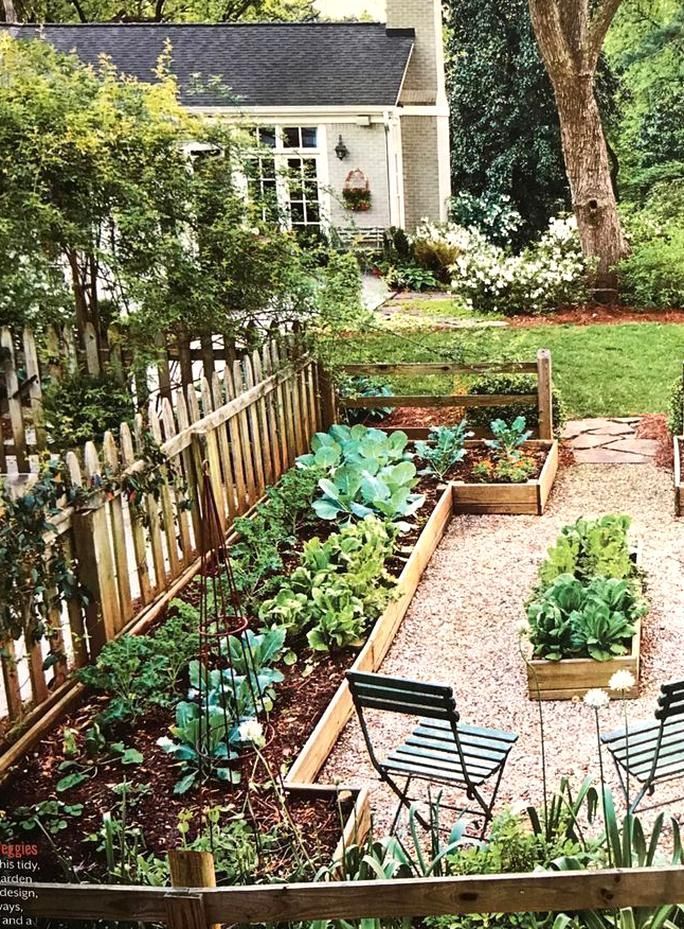Skimming stone kitchen cabinets
My 3 Favorite Farrow and Ball Stone Grays for Kitchen Cabinets
I absolutely love stone grays on kitchen cabinets. It is such a refined handsome look for a kitchen. Stone gray works beautifully with stainless appliances. It also balances perfectly with whites, especially against white natural stones and tiles. It also flows handsomely with wood tones.
I hope you enjoy these stunning examples I discovered from a few of my favorite designers and architects.
Sheena Murphy-PigeonSheeny Murphy designed an impressive and functional kitchen. Pigeon was used on the island and the cabinets. It works so divinely with the white marble countertops and the white tile backsplash.
Farrow and Ball’s names and descriptions of their paint colors are always clever! I love this description of Pigeon: “This cozy and nostalgic blue grey is named after the color of the bird often sighted around the London landscape. Softer and bluer than more contemporary grey shades. ”
A description of the color by Park and Oak: “The ideal blend of not-quite-green and not-quite gray, we often turn to Farrow & Ball’s Pigeon as a nearly neutral for those still wanting a little pop of color. Its saturation level is the perfect complement for the wood tones we love, and also plays nicely with other shades we choose frequently, like navy and rust. Try it for cabinetry, or as a backdrop with neutral furnishings. We love its versatility in almost any room for any application.”
Purbeck Stone-Philip Patrick InteriorsPurbeck stone is so light, clean, and airy in this fabulous Philip Patrick Interiors’ kitchen.
Farrow and Ball describe the hue: “Purbeck Stone is a clean and understated mid grey that resembles the colour of stone found on the Isle of Purbeck.”
Purbecks Stone-Sustainable KitchensThis is what Sustainable Kitchens says about Purbeck Stone: “Purbeck stone is a great mid-tone gray with a beautiful warm undertone.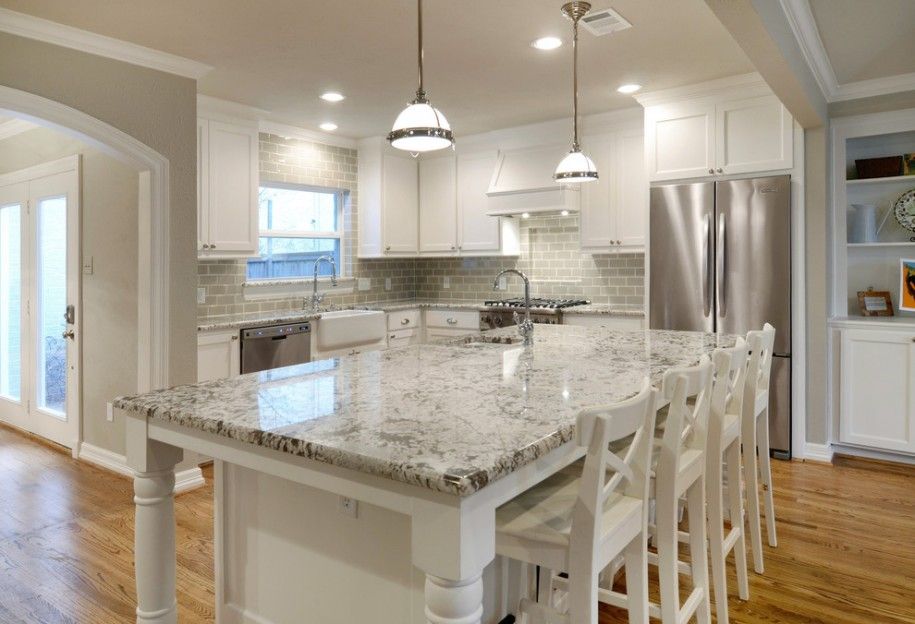 It is absolutely stunning against soft whites and stainless steel, but it is also beautiful against natural stones and wood tones. making it extremely versatile in the kitchen.”
It is absolutely stunning against soft whites and stainless steel, but it is also beautiful against natural stones and wood tones. making it extremely versatile in the kitchen.”
Skimming Stone is a wonderful warm gray. Again, I love the name and FB’s description: “This stony off-white takes its name from a 19th century skim, or plaster color, but often reminds us of childhood afternoons skimming stones.”
Rock my Style-Skimming StoneSkimmingStone is simply stunning on kitchen cabinets. It is warm, cozy, and inviting. The color can be used in sunny or darker spaces. It is extremely versatile and looks spectacular in any kitchen space.
I hope you loved these spectacular Farrow and Ball stone gray examples. Have you used these paints in your kitchen? If so, please share examples in the comments!
Kitchens Skimming Stone Design Ideas
view full size
A covered patio boasts a gray stone fireplace.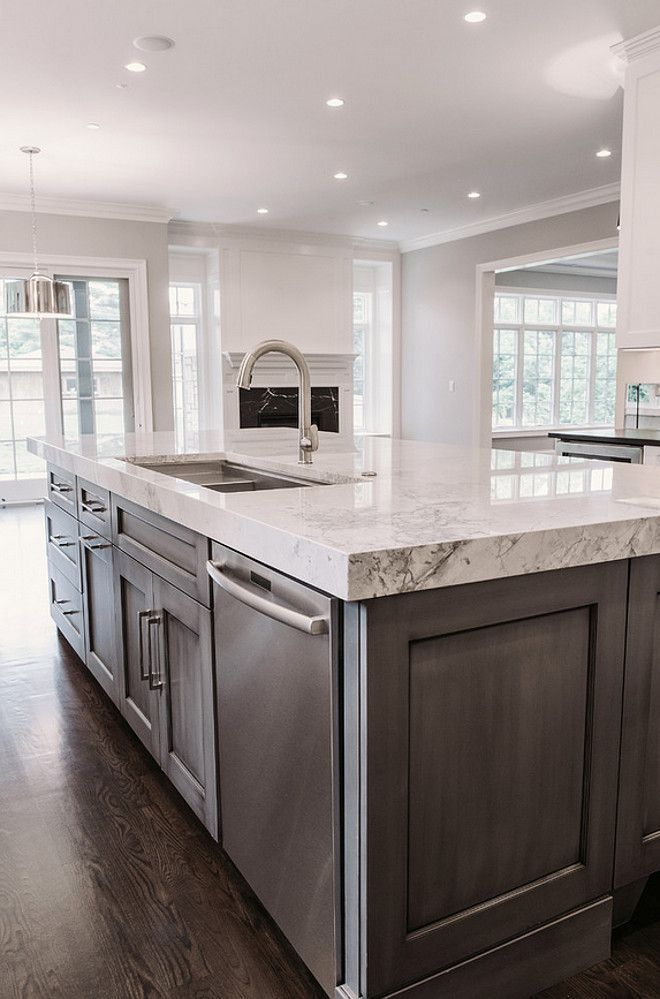
Amy Storm and Company
view full size
Kitchen features blond floating shelves on a rustic stone backsplash and white cabinetry accented with bronze pulls.
Pure Salt Interiors
view full size
Beneath a stunning wood plank ceiling red tolix stools sit on an ivory rug at an ivory stone waterfall bar.
Marie Flanigan Interiors
view full size
Erin McLaughlin - open shelving, white, farmhouse sink, industrial light, farrow & ball, skimming stone, sofa whittingfurniture.
Style at Home
view full size
Erin McLaughlin - open shelving, white farmhouse sink, industrial light, farrow & ball, skimming stone, sink Herbeau gingersbath.
Style at Home
view full size
A black Lacanche range with a marble spice ledge sits on a rustic stone backsplash.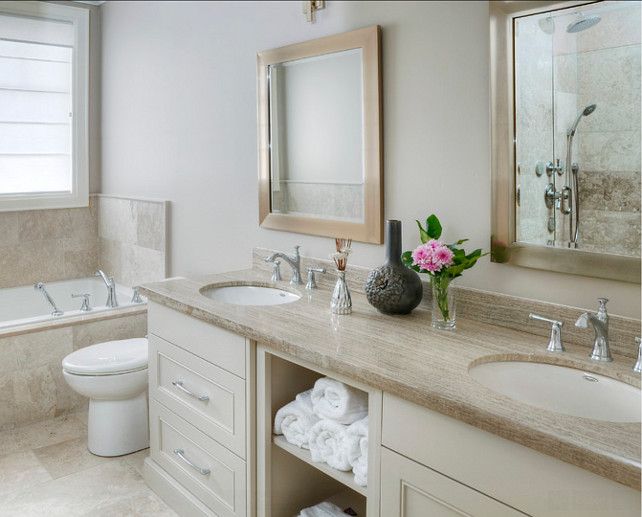
Pure Salt Interiors
view full size
Lovely light blue kitchen cabinets are fixed against gray stacked stone backsplash tiles.
Carolyn Leona
view full size
Three Grosvenor Single Pendants hang over a distressed kitchen island accented with a rustic stone countertop.
Marie Flanigan Interiors
view full size
Silver gray stacked stone cooktop tiles are fitted behind a stainless steel range hood mounted between light blue flat front cabinets.
Carolyn Leona
view full size
Well-appointed outdoor kitchen boasts gray cabinets holding a stainless steel Wolf grill beneath a stainless steel hood mounted against gold and gray stone backsplash tiles and between gray cabinets.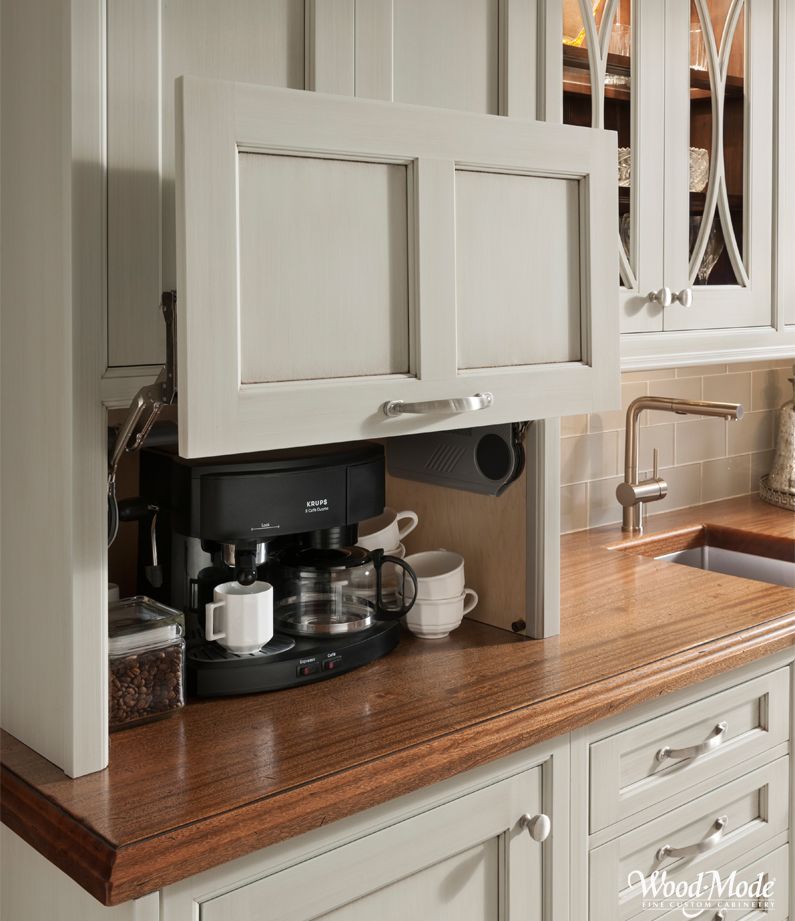
Karen Berkemeyer Home
view full size
Cottage kitchen design features white stone ledge wall tiles, a French hood over a stainless steel oven, white kitchen cabinets and a white kitchen island topped in gray marble.
Hart and Lock Design
view full size
Kitchen features a rustic French range hood on gray herringbone tiles, a white stone kitchen backsplash and a white kitchen island.
Hart and Lock Design
view full size
Country kitchen features kitchen island with zinc top, a stone clad cooking alcove with spice shelf on a marble look cooktop backsplash and white cabinets.
Bria Hammel Interiors
view full size
Country kitchen features a stone clad cooking alcove with spice shelf on a marble look cooktop backsplash and wood and fabric stools at a zinc top island.
Bria Hammel Interiors
view full size
Country kitchen features wood and fabric stools at a zinc top island and a stone clad cooking alcove with marble look cooktop backsplash.
Bria Hammel Interiors
view full size
Kitchen features a two-toned butler's pantry with black leathered stone countertops and white horizontal shiplap walls.
JLV Creative
view full size
Rustic cottage kitchen features a black stone trough sink with an aged brass vintage style faucet and rustic wooden cabinets.
Amber Interiors
view full size
Copper lanterns illuminate stone outdoor kitchen paired with gray woven leather stools.
Amy Storm and Company
view full size
Kitchen features a dark brown wooden center island accents with vintage brass cup pulls, blond floating shelves on a rustic stone backsplash, white cabinetry accented with bronze pulls, and a farm sink with brass faucet.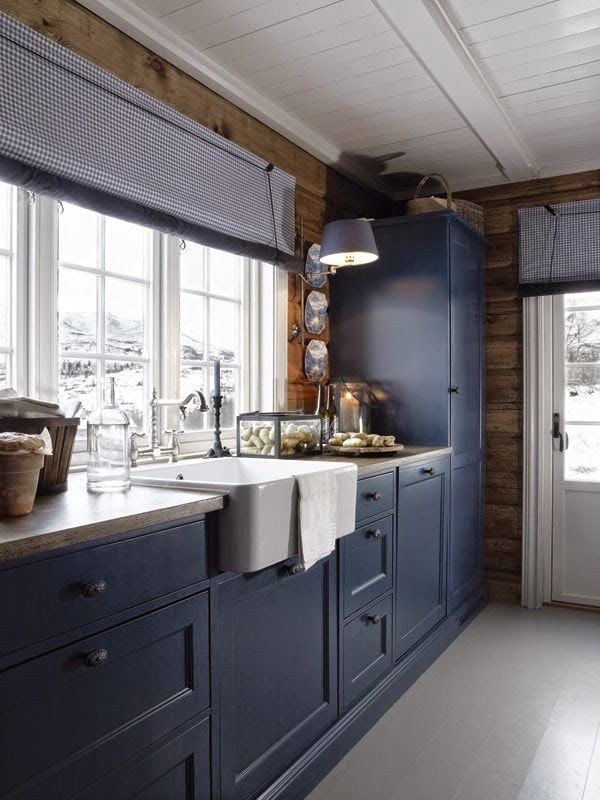
Pure Salt Interiors
view full size
Black floating shelves are stacked against gray mini brick offset tiles on either side of a dome hood mounted above an oil rubbed bronze swing arm pot filler.
Brooke Wagner Design
view full size
Cottage kitchen boasts an arched stone refrigerator niche with built-in shelves successfully creating a rustic theme.
Lisa Tharp Design
view full size
A stainless steel oven range is mounted against a rustic stone cooktop backsplash and over a stainless steel shelf fixed above a stainless steel dual range.
Aidan Design
How is an artificial stone countertop polished?
With the advent of artificial stone, the appearance of kitchens has changed significantly, since they began to make various kinds of surfaces and kitchen elements from it.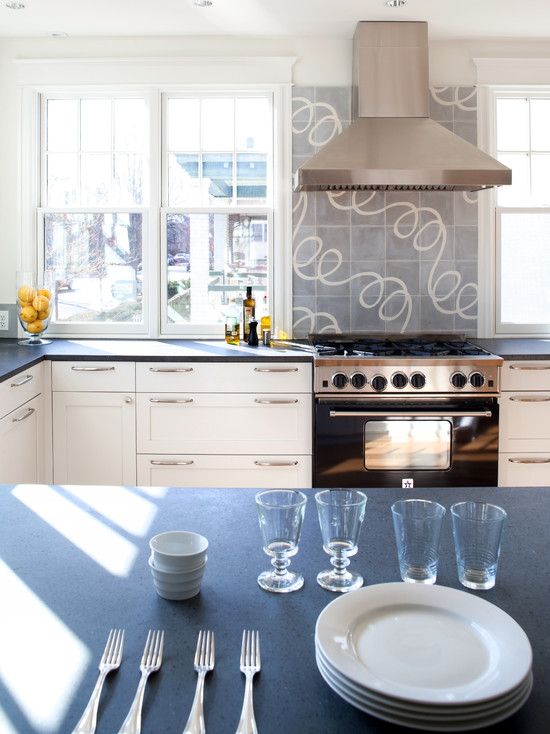
The most popular countertops made of artificial stone, as this material turned out to be very durable and hardy in relation to any mechanical and even chemical influences.
In addition to the unique practical qualities, the countertop made of artificial stone has an incredibly attractive appearance. The ideal smooth surface interspersed with natural stone creates the impression that there is really a real ornamental stone. nine0003
But its cost will cost many times more than than acrylic.
Although the table top has an incredibly durable and ultra-resistant surface, it still loses its former appearance over time, which leads to the need for restoration work. That is, you will need to polish the countertop made of artificial stone.
How is an artificial stone top polished?
Tabletop polishing is a rather complex and time-consuming process that requires not only a lot of practical skills, but also the availability of the necessary equipment. The process itself consists in achieving ideal roughness parameters by monotonous machining with abrasive material. The process is carried out using various kinds of grinding machines and devices. nine0003
The process itself consists in achieving ideal roughness parameters by monotonous machining with abrasive material. The process is carried out using various kinds of grinding machines and devices. nine0003
The cost of polishing a worktop depends on its dimensions and surface finish. In any case, our craftsmen perform the work conscientiously and in full accordance with the technology. So, how is the grinding of countertops carried out?
All restoration work should be divided into two stages:
- Grinding - performed with a coarser material in order to even out deep scratches and damage.
- Polishing - done with a fine grit abrasive to achieve a glassy finish. nine0024
When sanding the worktop even before it is in place, special attention is paid to the seam areas, as their finishing will no longer be available after installation.
Rough sanding of artificial stone top
The first step in finishing the surface of the worktop is to remove the sagging created by joining the different parts of the worktop in place.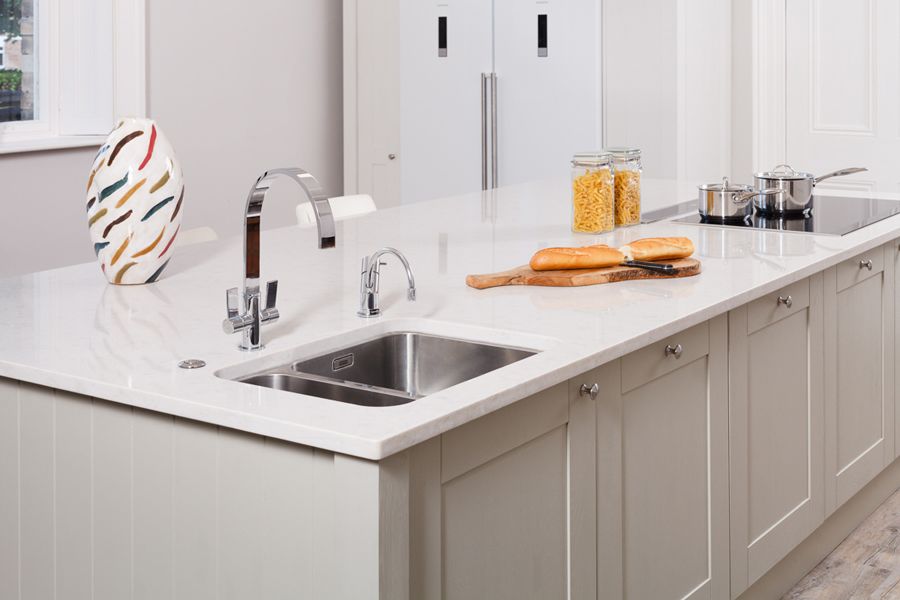 The work is done with a coarse-grained abrasive tool, number 60 or 80. In our company, you can order the polishing of the tabletop with any defects, be it deep scratches or many small abrasions formed by long-term use of the surface. nine0003
The work is done with a coarse-grained abrasive tool, number 60 or 80. In our company, you can order the polishing of the tabletop with any defects, be it deep scratches or many small abrasions formed by long-term use of the surface. nine0003
The number of sanding cycles depends on the degree of surface damage and the desired finish.
Book your countertop polish now!
When registering through the online form - 20% discount
or call 8 (964) 930-72-27
Jointing
It is very important to press the surface with the same force during the work, in addition, this must be done without leaving the surface. To ensure high quality surfaces in the area of the seams, a fine-grained abrasive with the number 180 is used.
The quality of grinding the surface of artificial stone directly depends on the technique and skills of the worker. It is very important to observe the direction of the movements made by the hands, which must be strictly perpendicular and rectilinear to each other.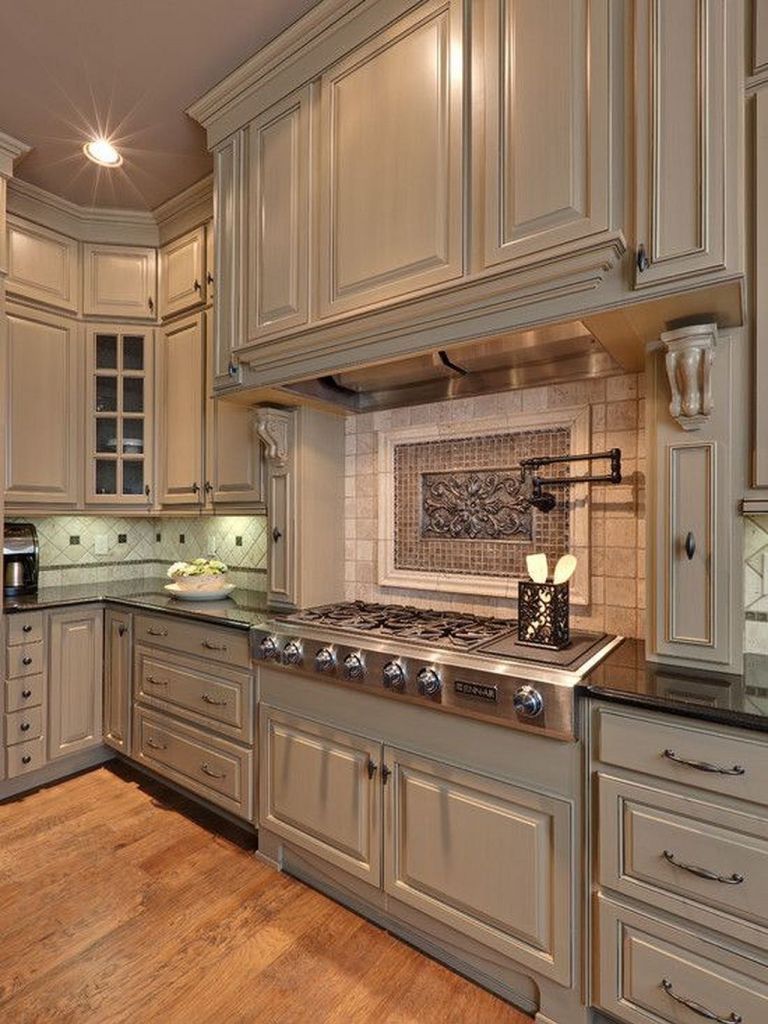 Circular movements must be avoided, otherwise the appearance of the countertop may be disturbed.
Circular movements must be avoided, otherwise the appearance of the countertop may be disturbed.
Completion of processing
The professionalism of work when grinding artificial stone lies in the perfection of all operations at each stage, which is why after the first stage of processing it is necessary to remove dust from the surface of the countertop with a soft brush and a vacuum cleaner. If this is not done, the surface can be re-damaged by coarse dust generated during the first stage of processing. nine0003
Polishing a worktop
Polishing an artificial stone worktop consists in giving it a mirror-like surface by monotonous movements using a fine-grained grinding tool. For high-quality performance of work, it is necessary to use materials with a value of at least 240.
After correctly performed grinding, there is not a single trace of joining at the seam site. To enhance the effect of a mirror surface for polishing, it is necessary to use various kinds of polishes - chemically active substances that create a protective film on the surface.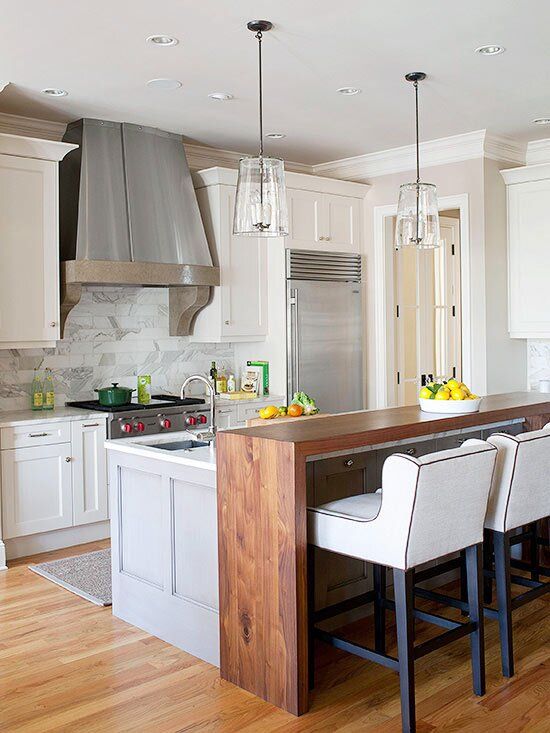 nine0003
nine0003
Grinding and polishing allows, in addition to small scratches, to qualitatively eliminate any defects, be it scratches or chips, which cannot be said about natural stone.
Stone polishing
05/29/2018 Building materials 70 Views
The use of stone in the design of the premises began from ancient times. Products made from such material retain their shape and original appearance for a long time. Modern artificial stone is not inferior to its natural "brother" in terms of popularity in decorating rooms and decorating personal plots. However, without proper care and periodic processing, products can lose their appearance and beauty. For this, polishing agents are used. They do not harm the surface. With regular processing, the stone will retain its attractiveness and beauty for many years. nine0003
Polishing will help to correct, at first glance, fatal mistakes that every owner can make through negligence. For example, a dried stain from juice or coffee remains on the surface.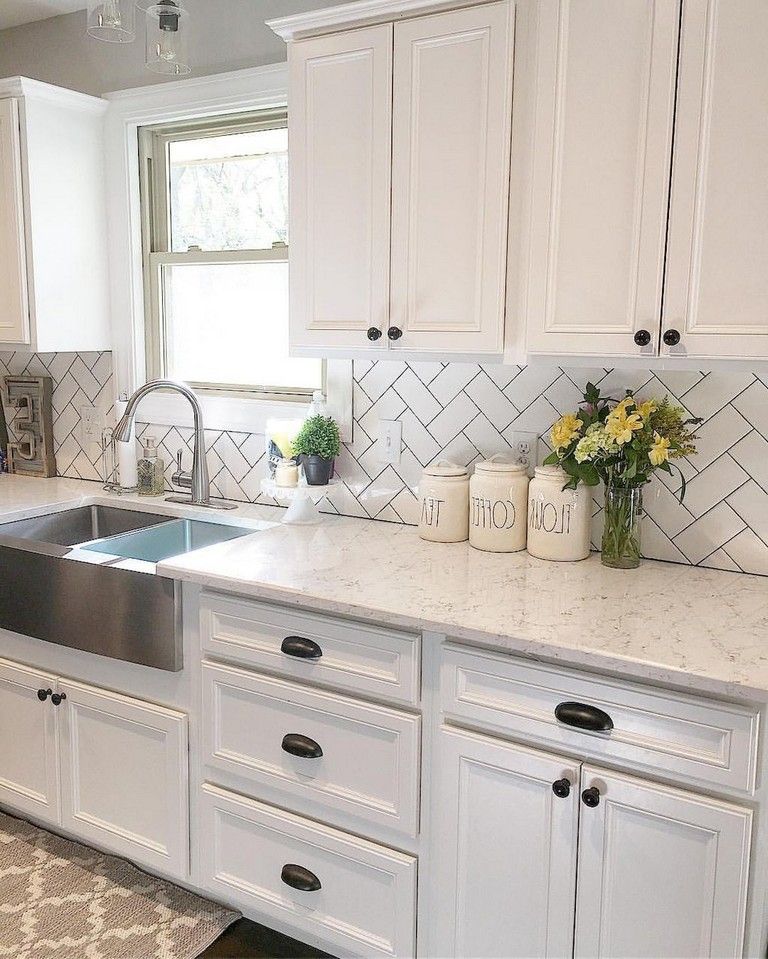 What is the first reaction? Remove dirt as soon as possible! Metallic or other abrasive objects may damage the surface. Polishing agents will remove any defects, including scratches.
What is the first reaction? Remove dirt as soon as possible! Metallic or other abrasive objects may damage the surface. Polishing agents will remove any defects, including scratches.
How to polish stone
The most commonly used compounds are:
- wax;
- polishes;
- special powders;
- hot putties.
What is special about each stone polish?
Wax is used to give the material a shine and also to remove visible defects. It is necessary to apply the composition for polishing the stone approximately 1 time in six months. Wax fills small cracks on the surface, if any, prevents premature destruction of the stone, gives it strength and resistance to aggressive substances. nine0003
Before applying the composition, the worktop or other product must be well treated with abrasive materials. Wax can be applied manually or using an automatic machine. In the first case, you need to apply the agent on the surface with an even thin layer and allow to dry.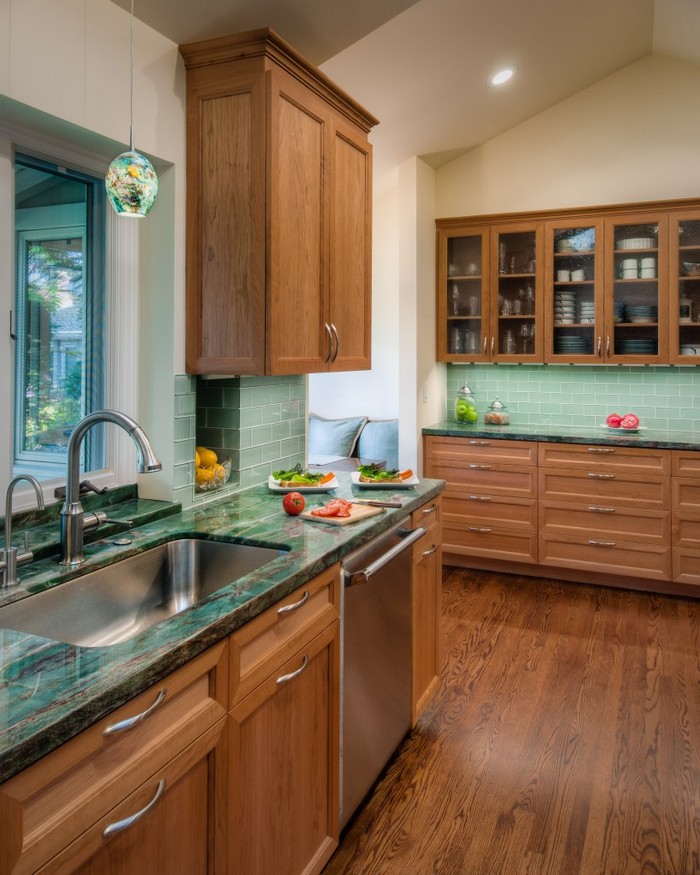 Further processing is carried out with a special metal sponge or a dry cloth to give the product a shine. In the second case, manual labor is not necessary. Wax is placed in the compartment of the machine and with its help the surface is polished. nine0003
Further processing is carried out with a special metal sponge or a dry cloth to give the product a shine. In the second case, manual labor is not necessary. Wax is placed in the compartment of the machine and with its help the surface is polished. nine0003
The main task of the polish is to restore the lost shine and beauty. In addition to the main function, the compositions protect the stone from moisture, clean it and give additional resistance to mechanical damage.
Important! Some polishes create a matte finish. This option is chosen to prevent slipping or for aesthetic purposes.
Powders are the most commonly used compositions for polishing artificial and natural materials. They are mixed with water until a paste-like consistency is obtained, then applied to the surface and rubbed well with a nozzle with felt at high speeds. Polishing with paste gives a long-lasting effect, the gloss remains for a long time. The composition most often contains metal abrasive components, for example, silicon or aluminum oxide.









